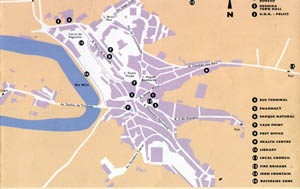|
demira In one of the highest places of the village, one of the preserved and working windmills is the perfect dtage to observe the traditional mill of wheat and corn. Descending along river Mira's banks', it is a privilage to be near one of the less poluted rivers in all Europe. The reduced population levels and the absence of contaminating industries around this area of oustanding natural beauty, are the reason for this rare delight. River Mira is navigable in an extension of 35 kilometres; it is ideal for the practice of water sports, for rowing or canoeing, or simply to enjoy a healthy and unforettable sail along the river. It is amazing to observe an enormous variety of habitats and cultures, the richness of fauna and flora, marshy area's, and the presence of innumerable bird's species. Throughout the centuries, long before the bridge had been built, the river crossing had to be undertaken using a dinghy, called the "Barca". Of extreme importance until the end of the nineteenth century, its traces remain preserved, which means that important memories of this people's history can be returned to them. Odemira is made of history and tradition, as well as from festivities. Here the table reflects the richness of the regional cuisine, the river fills it with imaginative suggestions. Traditional craftwork continues to be practiced, and can be appeciated by visitors in the local pottery workshop, where earthenware is skilfully made. During September the village dresses up with traditional garments to celebrate the Feast in Honour of "Nossa Senhora da Piedade" and to receive its annual market. On the village's surroundings, there is another obligatory visit to the Parque Natural das Aguas, where a typical Alentejo's house can be appreciated. |
| Please click on the map above to view a larger full size version. |
 |
| A typical street scene |
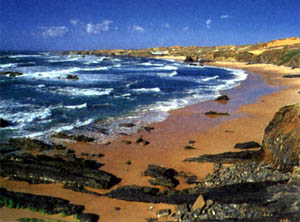 |
| Almograve |
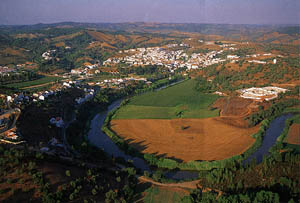 |
|||
| River Mira | |||
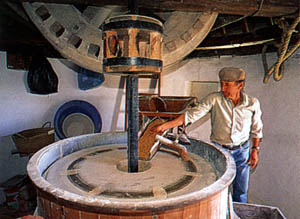 |
|||
| Traditional Miller in Odemira. | |||
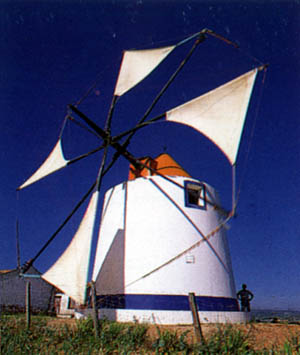 |
|||
| Odemira's Windmill | |||
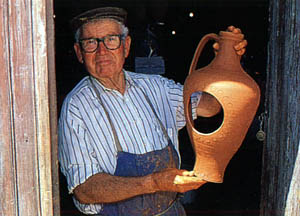 |
|||
| Pottery workshop in Odemira | |||
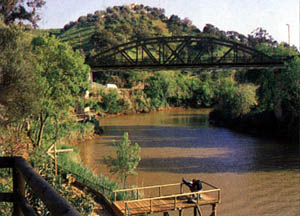 |
|||
| Bridge over the River Mira | |||
 |
|||
| A close knit community welcomes visitors and those who choose to stay. | |||
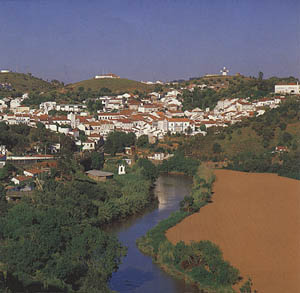 |
|||
| Panmoramic view of the valley, with the river meanering through the town of Odemira. | |||
 |
|||
| Traditional Pottery Earthenware | |||
|
|
|||
 |
 |
 |
|
|
|
|||
